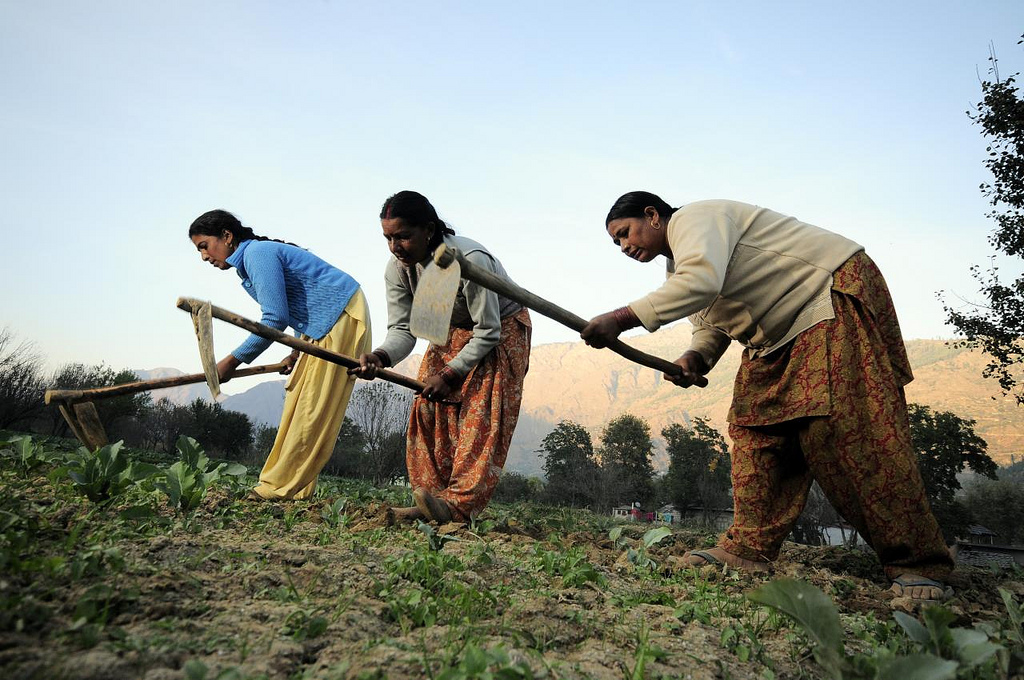Is the Current Agriculture Technology Strategy Unsuitable for Getting Smallholders Out of Poverty?
-
From
CGIAR Independent Science and Partnership Council (ISPC)
-
Published on
23.02.18
- Impact Area

Currently, agriculture technology strategies are mostly based on implementing technologies and innovations that increase yield. This may seem in line with SDG 2.3 which aims to double the agricultural productivity and the incomes of small-scale food producers by 2030. Yet yield enhancements are not the only way of increasing productivity, and increasing incomes of smallholders is arguably more directly related to labor (rather than land) productivity. Is the reason for the lack of adoption of seemingly promising technologies because of external or internal constraints—meaning farmers want to adopt them but can’t—or are new technologies, even when they are yield enhancing, simply not beneficial to many farmers?
In her recent paper, Karen Macours (Associate Professor at the Paris School of Economics and Researcher at the French National Institute for Agricultural Research- INRA), explores whether the current agriculture technology strategy is suitable to lift smallholders out of poverty.
Related news
-

ICRISAT to Deliver World-Class Services as CGIAR’s Breeding Resources South Asia Hub
International Crops Research Institute for the Semi-Arid Tropics (ICRISAT)07.07.25-
Biodiversity
-
Food security
Strategic collaboration to scale innovation and deliver harmonized, high-quality support across CGIA…
Read more -
-

Shaping policy changes for a sustainable cropping system in Uttar Pradesh, India
International Rice Research Institute (IRRI)03.07.25-
Food security
by Dr. Proloy Deb and Dr. Swatantra Dubey The Central Plain region of Uttar Pradesh…
Read more -
-

KOICA, UPLB, IRRI Partnership Establishes a Genomic Powerhouse to Future-Proof Agriculture
International Rice Research Institute (IRRI)01.07.25-
Food security
LOS BAÑOS, Philippines (26 June 2026) — KOICA, UPLB, and IRRI came together to showcase…
Read more -
